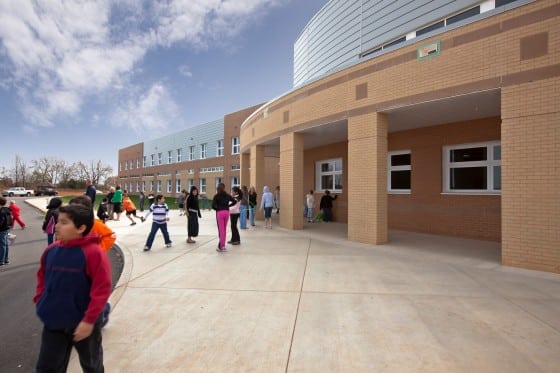
3 Areas Where Students Can Impact Their Environment Less
While colleges and universities are making strides towards more sustainable campuses there is still a lot students themselves can do to lessen their impact on the local environment. This is especially true when we consider the fact most locations, where institutions of higher learning exist, see a major rise in the population when school is in. The influx can result in damaged ecosystems through excessive wear and tear.
That is why, although building green roofs and putting in recycling stations are commendable actions by administrations across the country, the more students who incorporate green-minded ideals into their lifestyles the more their presence will work in harmony with their temporary school settings.
Consider the following:
Drinks
Environmentally there’s a difference between relying on store bought bottles of water and having a few reusable water bottles to get students through the week. It’s not just because the former piles up and creates waste, but even if they are recyclable the recycling process costs money.
In most cases creating a product from recyclable materials uses less energy than starting from scratch, however, the more we reuse the less production is needed in the first place.
For obvious reasons those who drink sodas and other similar packaged drinks might find using a reusable bottle challenging because the source isn’t usually a tap.
Nevertheless, if students are made aware of some of the health risks involved in consuming many of those products they may decide to make some changes, thus cutting them out altogether.
Doing so would be an opportunity to not only live a healthier lifestyle but focus on beverages where reusable water bottles can be the main drinking vessel when out and about.
Food
Like water food creates a lot of waste that comes in the form of both packaging and organic matter, and depending on the product and situation avoiding either isn’t easy.
When it comes to eliminating packaging one of the possibilities is for students to bring reusable containers with them when purchasing loose items like nuts or dried fruit. Otherwise they can make a conscious decision to stay away from less nutritious processed foods which are usually wrapped up in some kind of wasteful box.
When it comes to organic matter from meal prep or leftovers, selected bins should be placed around campus for composting these scraps. If the question arises what would the compost be needed for, one idea is to start a community garden which could eventually sprout into a full-fledged agricultural project where a school could grow some of the crops it uses most.
Transportation
Wherever students live they need to travel to their classes and while some campuses take up just a few blocks, others are spread out over a few miles requiring some mode of transportation.
As mentioned earlier if we consider the sudden rise in population in particular areas where schools are in session the amount of vehicles necessary to transport everyone from place to place raises the level of emissions considerably. What results is a major impact on the local environment.
Since living near the majority of classes is not always viable it’s important for students to find alternative methods for reaching their destination. While public transportation and carpooling help, riding bikes and leaving enough time to walk are the greenest options.
On the matter of bikes, universities could invest in a bicycle service stations around campus. That way students could pick their bicycles up and drop them off at their own leisure when getting around.
Image by Dunedin NZ via Flickr Creative Commons
This guest post was written by Jakob Barry who is a green living journalist for Networx.com. Networx.com helps homeowners save time, money and frustration by connecting them with home improvement professionals. From plumbers and roofers to flooring contractors and handymen, Networx simplifies the process of locating a reliable professional.




Post a comment